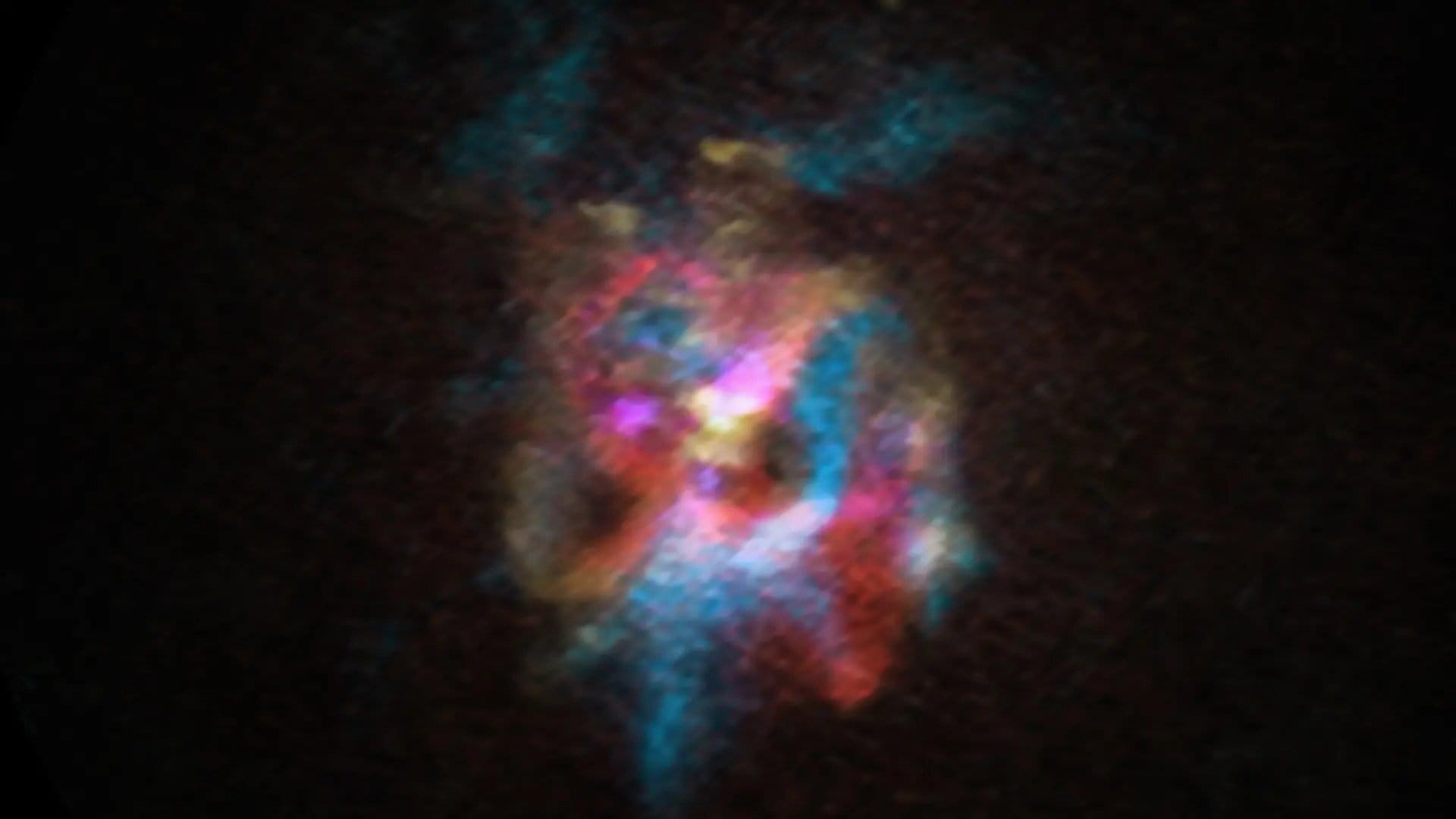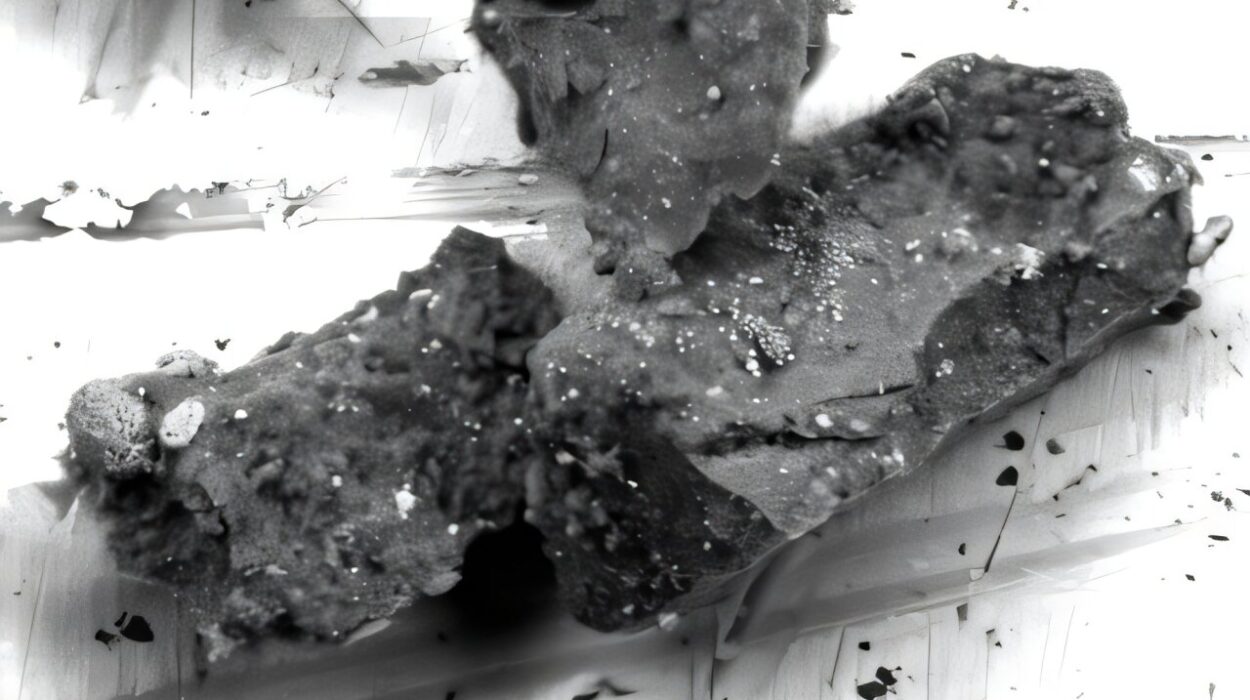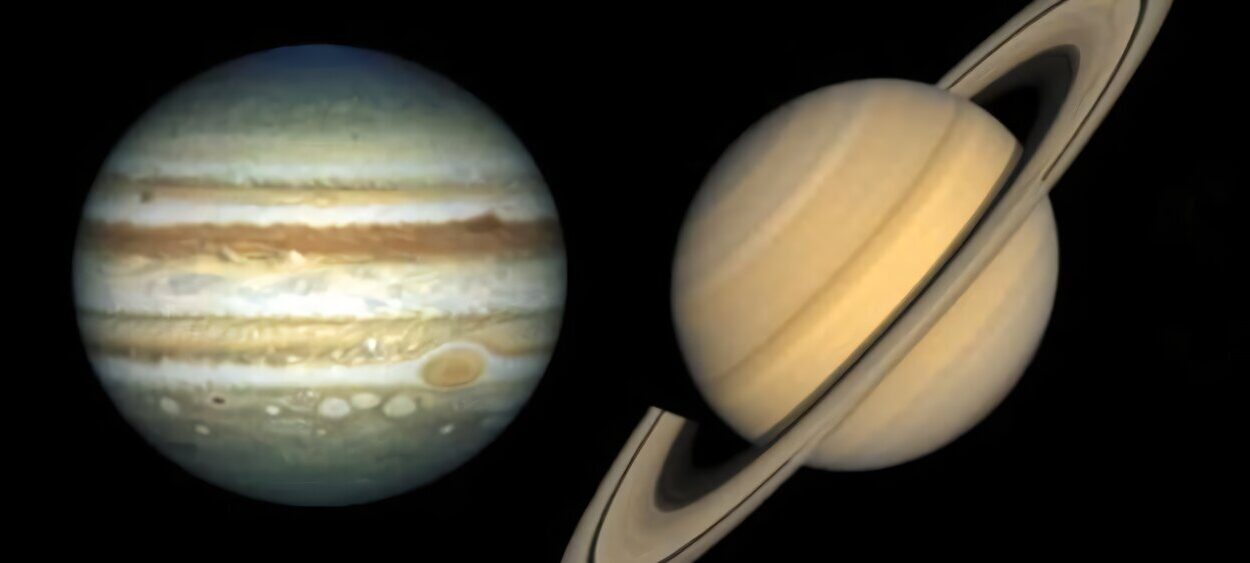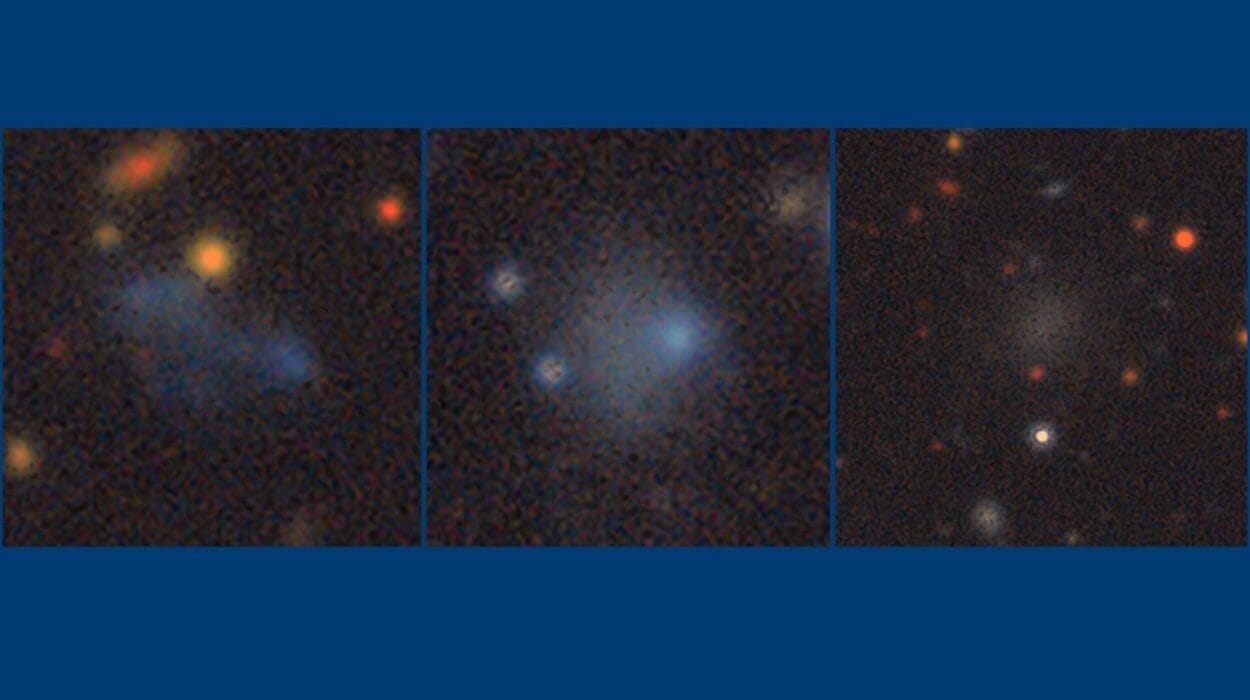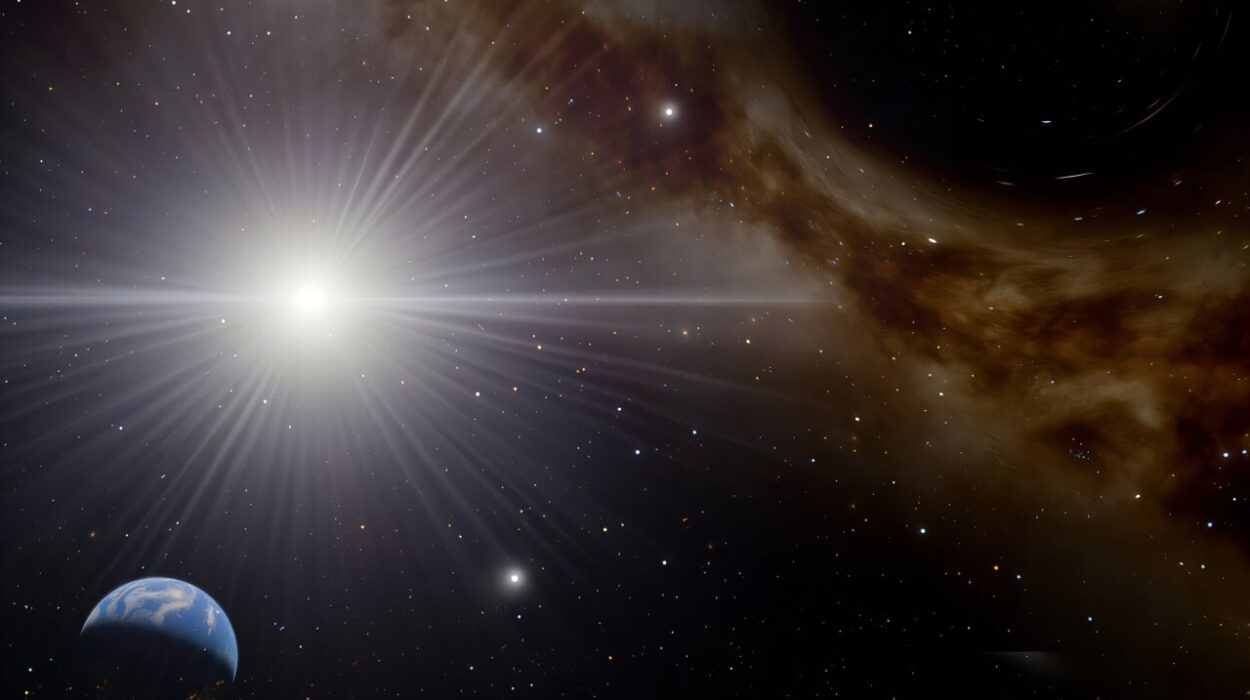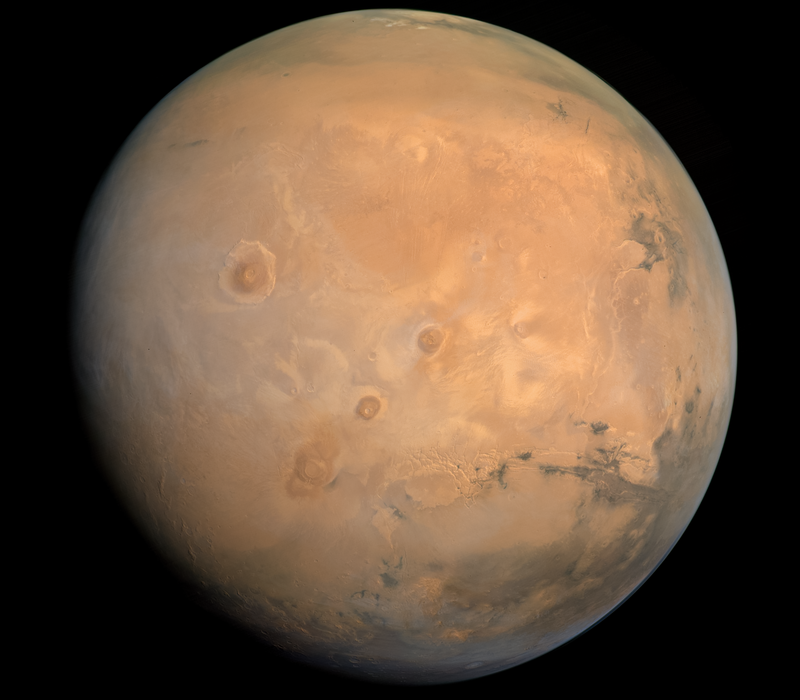In the quiet darkness of deep space, something extraordinary is unfolding. Astronomers have discovered a massive, expanding bubble of gas and dust surrounding a red supergiant star—believed to be the largest structure of its kind ever seen in our galaxy. The star, known as DFK 52, ejected the material in a mysterious outburst about 4,000 years ago, leaving behind a ghostly sphere nearly 1.4 light-years wide. What’s even more astonishing: the star survived.
The discovery, made with the Atacama Large Millimeter/submillimeter Array (ALMA) radio telescope in Chile, opens a new chapter in our understanding of how stars live—and die. The findings, led by astronomer Mark Siebert of Chalmers University of Technology, are set to be published in the journal Astronomy and Astrophysics and are already available via the arXiv preprint server.
A Cosmic Giant Cloaked in Mystery
DFK 52 is a red supergiant, a type of star in the final stages of its life. Red supergiants are enormous, unstable, and prone to dramatic eruptions. The best-known example is Betelgeuse, a nearby red supergiant in the constellation Orion that briefly dimmed in 2019—sparking speculation that it was about to explode.
But DFK 52 has outdone even Betelgeuse in its cosmic theatrics.
“We got a big surprise when we saw what ALMA was showing us,” says Siebert. “The star is more or less a twin of Betelgeuse, but it’s surrounded by a vast, messy bubble of material. It’s unlike anything we’ve seen before.”
The bubble isn’t just large—it’s immense. Stretching over 1.4 light-years from the star, it’s tens of thousands of times wider than our solar system. Containing as much mass as the Sun itself, the bubble is composed of gas and dust that was once part of the star, now floating freely through interstellar space. If this structure were located as close to Earth as Betelgeuse is—about 650 light-years away—it would span about a third of the full moon’s width in our night sky.
A Sudden and Violent Ejection
Using ALMA’s powerful radio telescopes, scientists were able to observe not just the shape of the cloud but also its motion. The bubble, it turns out, is expanding. Molecules inside it are moving outward at significant speeds, pointing to a violent origin.
“The bubble is made of material that used to be part of the star,” explains Elvire De Beck, an astronomer on the research team. “It must have been ejected in a dramatic event—an explosion—that happened about 4,000 years ago. In cosmic terms, that’s just a moment ago.”
But here’s the twist: the star didn’t die in the process.
Usually, when stars blow off that much mass in a single event, it’s either a precursor to their final collapse—or the collapse itself. In the case of DFK 52, the star appears to have stabilized, at least for now, even after shedding the equivalent of a solar mass of material in one go.
A Surviving Star, A Scientific Puzzle
How did DFK 52 eject so much material and survive?
That question has scientists scratching their heads. The team is considering several possible explanations. One intriguing idea is that DFK 52 might not be alone.
“To us, it’s a mystery how the star managed to expel so much material in such a short timeframe,” says Siebert. “Maybe, like Betelgeuse seems to, it has a companion star that’s still to be discovered.”
In a binary system—where two stars orbit one another—gravitational interaction could lead to enhanced mass loss, particularly if the stars are close. In some cases, the larger star can dump material onto its companion or expel it entirely from the system in a turbulent process known as a common-envelope phase. Whether something like that happened here is still unknown.
What’s clear is that DFK 52 is now surrounded by a chaotic halo of its own making, and that this stellar relic holds crucial clues about how massive stars end their lives.
The Countdown to a Supernova?
All red supergiants like DFK 52 are destined for the same fate: a spectacular death known as a supernova. When a massive star runs out of fuel in its core, gravity overwhelms its structure, and the star collapses in on itself. The result is a titanic explosion that briefly outshines entire galaxies and hurls heavy elements into space—elements that later form planets, and even life.
Could DFK 52 be nearing that moment?
“If this is a typical red supergiant, it could explode sometime in the next million years,” says De Beck. “We’re planning more observations to understand what’s happening—and to find out whether this might be the Milky Way’s next supernova.”
The last naked-eye supernova in our galaxy occurred in 1604, witnessed by astronomers including Johannes Kepler. Since then, astronomers have eagerly awaited another.
If DFK 52 were to explode in the near future, the light would travel through space and eventually reach Earth, lighting up our skies with a dazzling display. The event would be harmless to life on Earth—DFK 52 is far enough away—but it would be an unprecedented opportunity to study a supernova from the very beginning.
Beyond the Bubble: The Future of Stellar Forensics
The discovery of DFK 52’s massive bubble is more than a curiosity—it’s a window into stellar physics at its most extreme. It challenges existing models of how stars lose mass, how they interact with companions, and how they transition into the final phases of their lives.
It also reminds us how dynamic and alive the cosmos really is. Stars are not static pinpoints of light but evolving, unpredictable systems undergoing enormous changes across both short and long timescales.
Siebert and his team are already planning follow-up observations with other telescopes, including the James Webb Space Telescope (JWST) and the Very Large Telescope (VLT), to probe the inner structure of the bubble and search for signs of a hidden companion.
Each new observation brings us closer to answering the core questions: What forces govern the death of stars? What processes give rise to the stunning phenomena we witness in deep space? And could we be witnessing the prelude to a supernova in our own celestial backyard?
The Cosmic Echo of a Star’s Cry
In the end, the bubble surrounding DFK 52 is like a footprint frozen in time—a snapshot of stellar agony and resilience. It speaks of fire and wind, of mass torn away from a burning core, and of a survivor standing at the edge of stellar death.
It’s a reminder that even in their last chapters, stars can surprise us. They can flare, pulse, collapse, or—like DFK 52—explode in slow motion, leaving behind a shell of mystery for us to decode. And as we peer through telescopes at these ancient beacons, we’re not just learning about stars.
We’re learning about where we come from.
The calcium in our bones, the iron in our blood, the oxygen we breathe—all forged in dying stars. DFK 52’s eruption may be thousands of years old, but its story is just beginning. And its legacy, like all stars, may one day live on in the atoms of new worlds.
More information: Mark A. Siebert et al, Stephenson 2 DFK 52: Discovery of an exotic red supergiant in the massive stellar cluster RSGC2, arXiv (2025). DOI: 10.48550/arxiv.2507.11609
